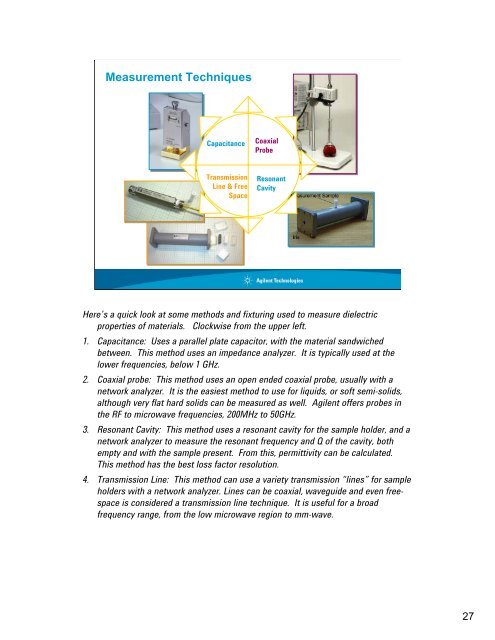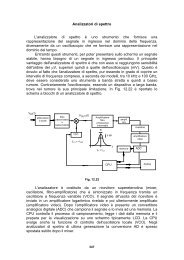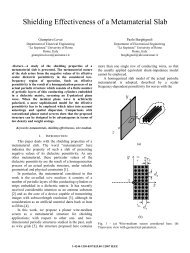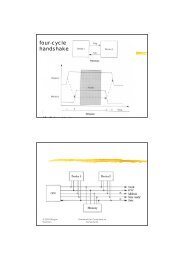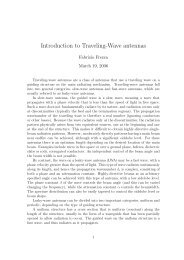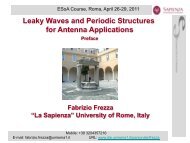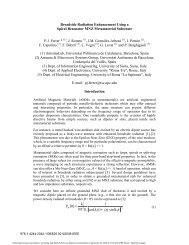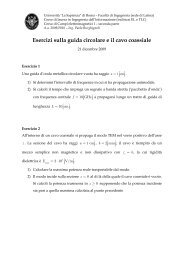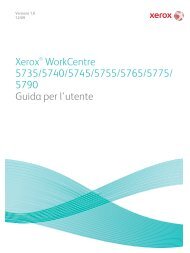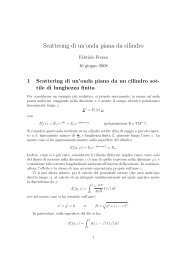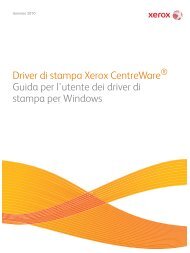Materials Measurement Phil Bartley Shelley Begley
Materials Measurement Phil Bartley Shelley Begley
Materials Measurement Phil Bartley Shelley Begley
- No tags were found...
You also want an ePaper? Increase the reach of your titles
YUMPU automatically turns print PDFs into web optimized ePapers that Google loves.
<strong>Measurement</strong> TechniquesCapacitanceCoaxialProbeTransmissionLine & FreeSpaceResonantCavityHere’s a quick look at some methods and fixturing used to measure dielectricproperties of materials. Clockwise from the upper left.1. Capacitance: Uses a parallel plate capacitor, with the material sandwichedbetween. This method uses an impedance analyzer. It is typically used at thelower frequencies, below 1 GHz.2. Coaxial probe: This method uses an open ended coaxial probe, usually with anetwork analyzer. It is the easiest method to use for liquids, or soft semi-solids,although very flat hard solids can be measured as well. Agilent offers probes inthe RF to microwave frequencies, 200MHz to 50GHz.3. Resonant Cavity: This method uses a resonant cavity for the sample holder, and anetwork analyzer to measure the resonant frequency and Q of the cavity, bothempty and with the sample present. From this, permittivity can be calculated.This method has the best loss factor resolution.4. Transmission Line: This method can use a variety transmission “lines” for sampleholders with a network analyzer. Lines can be coaxial, waveguide and even freespaceis considered a transmission line technique. It is useful for a broadfrequency range, from the low microwave region to mm-wave.27


